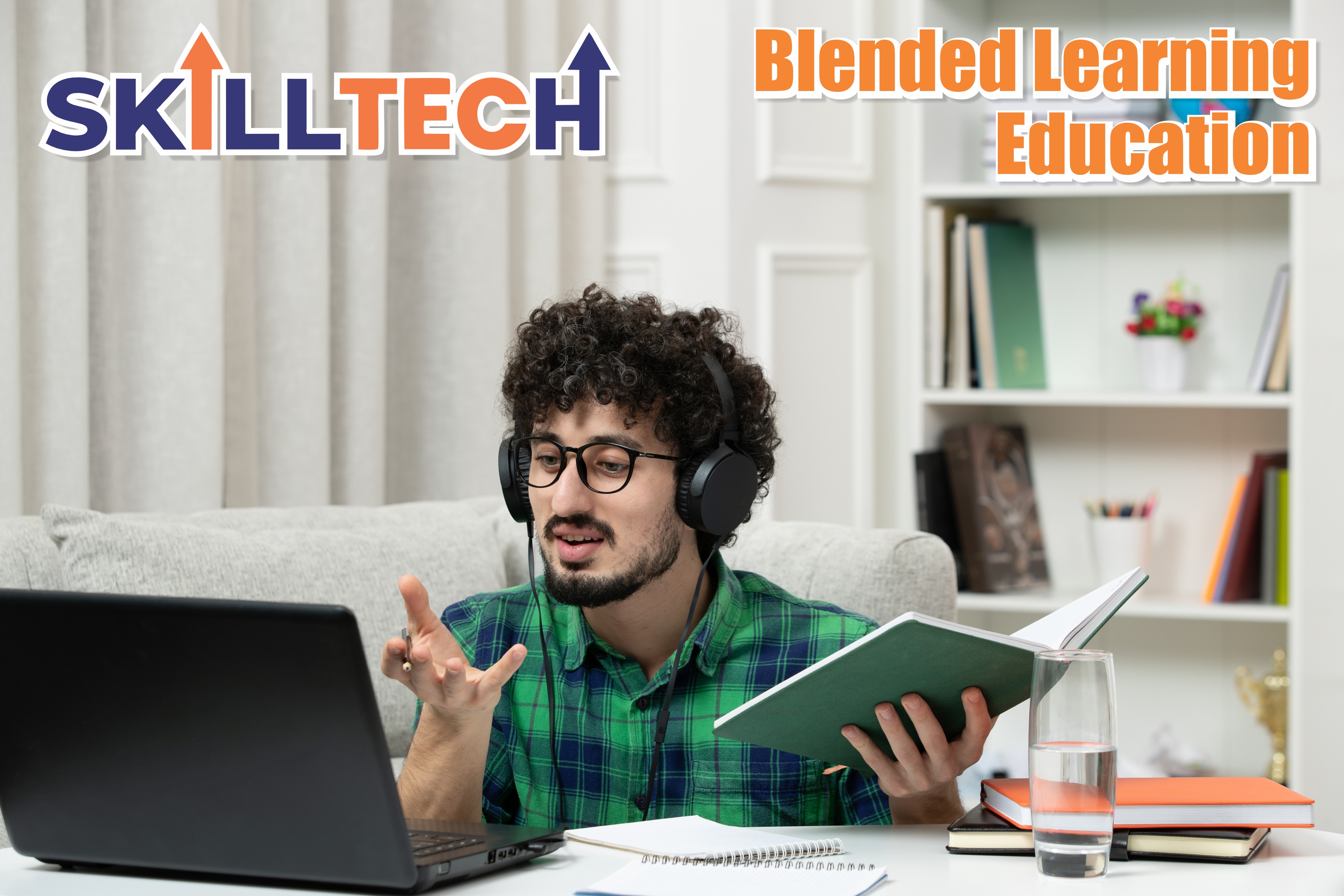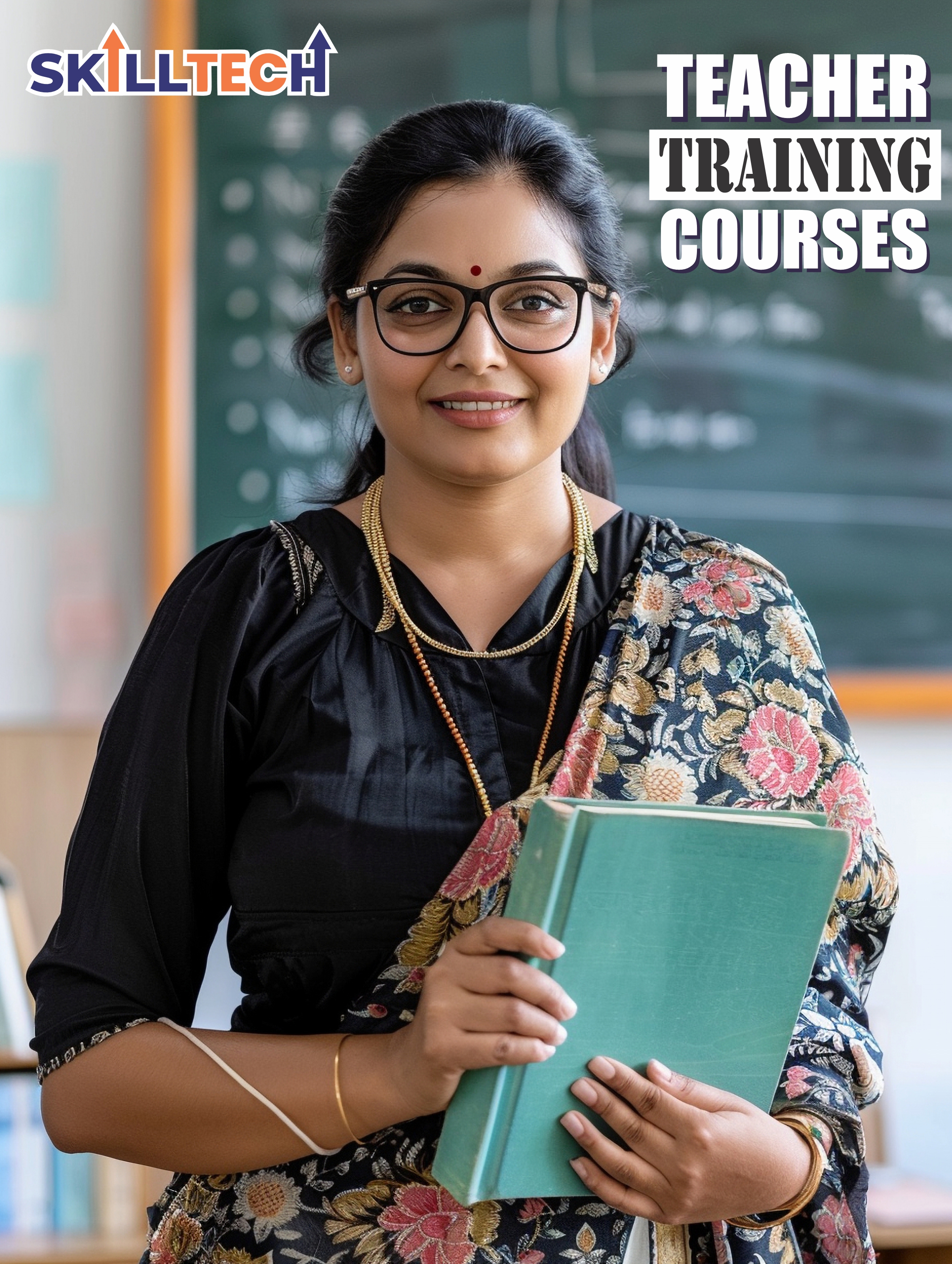
Information
280 viewsBlended Learning Education
Blended learning education, also known as hybrid learning, is an educational approach that combines elements of traditional face-to-face classroom instruction with online learning. It's a flexible and increasingly popular method that leverages the strengt
Blended learning education, also known as hybrid learning, is an educational approach that combines elements of traditional face-to-face classroom instruction with online learning. It's a flexible and increasingly popular method that leverages the strengths of both in-person and digital learning environments to create a more engaging and effective learning experience.
Key Characteristics of Blended Learning:
* Integration of online and offline: It's not just adding technology to a traditional class; it's a deliberate design where online and offline components are integrated to complement each other and achieve specific learning outcomes.
* Flexibility: Students often have some control over the time, place, path, or pace of their learning, thanks to the online components.
* Diverse learning resources: It utilizes a variety of resources, including instructor-delivered content, e-learning modules, videos, interactive simulations, online discussions, and collaborative platforms.
* Teacher and student presence: While some learning happens online, there's still a requirement for the physical presence of both teachers and students for certain activities, discussions, or hands-on tasks.
Common Blended Learning Models:
There are various models of blended learning, each with a different emphasis on online and offline components:
* Face-to-Face Driver: Most instruction happens in the classroom, with online tools used to supplement and enhance learning (e.g., for homework, additional resources, or quizzes).
* Rotation Model: Students rotate through different learning stations on a fixed schedule, with at least one station being online learning. This can include:
* Station Rotation: Students rotate through different stations within the same classroom.
* Lab Rotation: Students rotate to a computer lab for online learning.
* Individual Rotation: Students rotate through stations based on their individual needs and schedules.
* Flipped Classroom: Traditional homework and lectures are "flipped." Students access lectures and content online at home, and class time is used for interactive activities, problem-solving, and teacher-guided practice.
* Flex Model: Online learning is the primary mode of instruction, and students move on flexible schedules through learning activities. Teachers provide support and instruction on an as-needed basis.
* A La Carte Model: Students take some courses entirely online while continuing to attend traditional face-to-face classes for other subjects.
* Enriched Virtual Model: Most learning happens online, but students are required to attend periodic face-to-face sessions with their teacher for specific activities or assessments.
* Online Driver Model: Almost all instruction is delivered online, with face-to-face meetings being optional or minimal.
Advantages of Blended Learning:
* Flexibility and Accessibility: Students can learn at their own pace and often at their own time and location, making education more accessible for those with varied schedules or geographical constraints.
* Personalized Learning: Teachers can tailor instruction to individual student needs, providing differentiated content and support based on their strengths and weaknesses.
* Enhanced Engagement: The use of multimedia, interactive content, and varied activities can make learning more engaging and interesting, improving student motivation and retention.
* Development of Digital Literacy: Students gain essential digital skills, which are crucial in today's technology-driven world.
* Cost-Effectiveness: Over time, it can reduce costs associated with physical resources (e.g., textbooks, printing) and infrastructure.
* Real-time Feedback and Data: Digital platforms enable immediate feedback on assignments and quizzes, allowing both students and teachers to track progress and identify areas for improvement.
* Caters to Diverse Learning Styles: Blended learning can offer visual, auditory, and kinesthetic resources, accommodating a wider range of learning preferences.
Disadvantages and Challenges of Blended Learning:
* Technological Requirements: Requires reliable internet access and access to appropriate devices for all students, which can be a challenge in certain areas (digital divide).
* Self-Discipline: Online components require a higher degree of self-motivation, discipline, and time management skills from students.
* Teacher Training: Educators need adequate training and support to effectively design and implement blended learning environments.
* Reduced Face-to-Face Interaction: While not entirely absent, the amount of direct personal interaction between students and teachers might be reduced, potentially impacting relationship-building and immediate clarification of complex concepts.
* Initial Investment: Setting up the necessary technological infrastructure and developing online content can require significant initial investment.
* Potential for Isolation: Some students might feel a sense of isolation if the online components lack sufficient opportunities for interaction and collaboration.
Blended Learning in India:
In India, blended learning is gaining significant traction, particularly with the impetus from the National Education Policy (NEP) 2020. The NEP 2020 emphasizes the integration of technology and traditional pedagogical methods to transform education, promoting a multidisciplinary, skill-oriented, and learner-centric approach. Blended learning aligns perfectly with these goals by:
* Offering personalized learning pathways.
* Promoting critical thinking and self-directed learning.
* Increasing accessibility to quality education, especially for learners in remote and underserved areas.
* Equipping students with future-ready skills.
Challenges in India include bridging the digital infrastructure gap, ensuring consistent internet connectivity, and providing comprehensive faculty training to effectively implement blended learning models across various educational institutions. However, its potential to revolutionize the Indian education system and make it more flexible, inclusive, and effective is widely recognized.

Looking for more Information?
Call anytime


